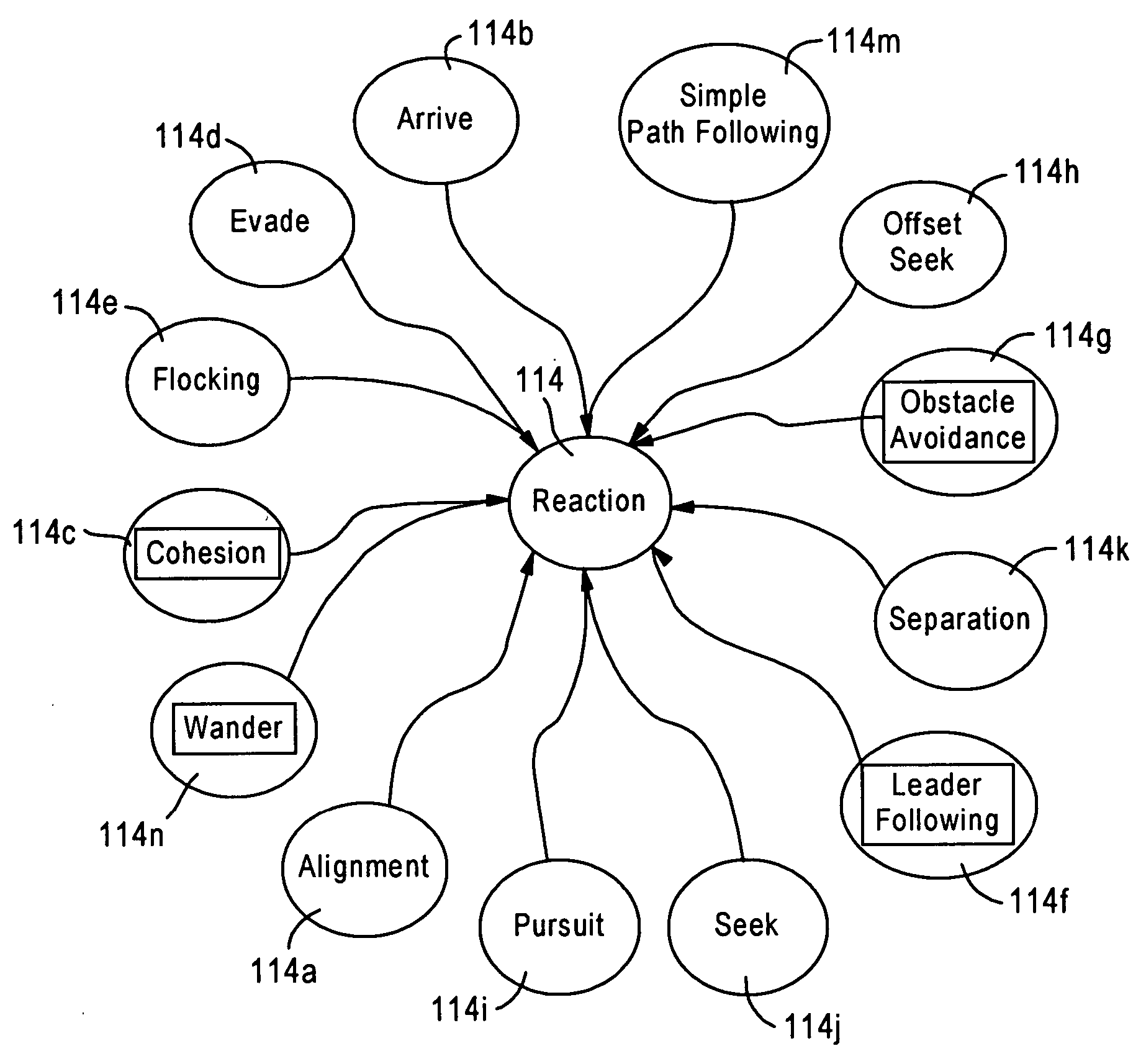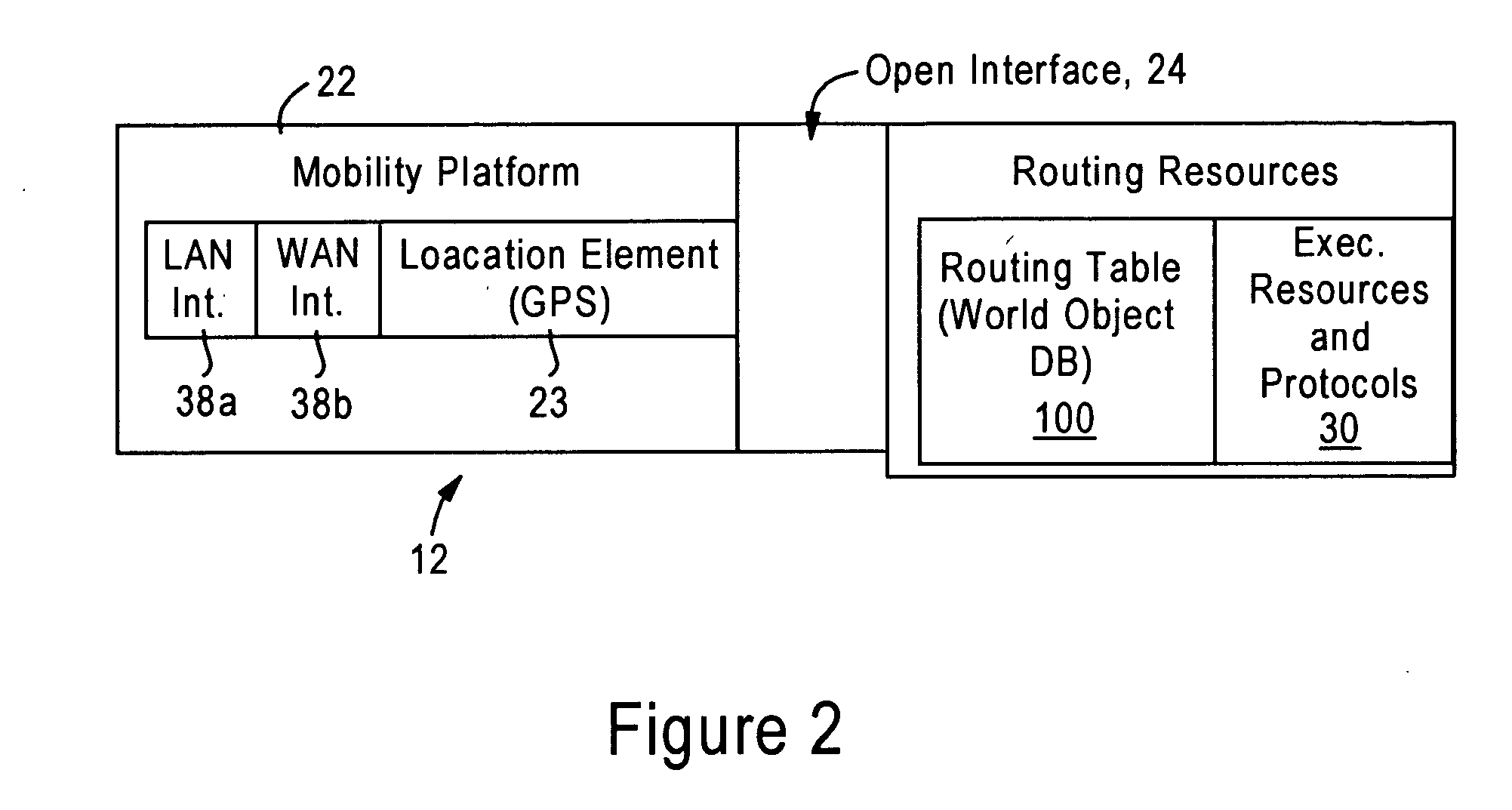Arrangement for autonomous mobile network nodes to organize a wireless mobile network based on detected physical and logical changes
a wireless mobile network and autonomous technology, applied in the field of wireless networking, can solve the problems of signal loss, network wireless topology may change rapidly and unpredictably, and attempts to rapid deployment in a given area may encounter operational difficulties,
- Summary
- Abstract
- Description
- Claims
- Application Information
AI Technical Summary
Benefits of technology
Problems solved by technology
Method used
Image
Examples
Embodiment Construction
[0033] The disclosed embodiment is directed to establishment of a routing protocol that implements an autonomous solution for deployment of a mobile network having movable network nodes configured for independently moving to an optimum position, relative to the other network nodes (movable and fixed). By way of introduction, the routing protocol provides a wireless and autonomous robotic mobile access point.
[0034] The routing protocol of the disclosed embodiment considers movement of its physical platform as an option to optimize routing metrics, were each movable network node includes routing resources, a mobile platform, and a standardized interface between its routing resources and its mobile platform.
[0035]FIG. 1 is a diagram illustrating mobile nodes having various implementations of mobile platforms that may be used for deployment of the mobile network 10: the mobile network 10 may include an airborne drones 12a, 12b, a marine or submersible drone 12c, a terrestrial drone 12...
PUM
 Login to View More
Login to View More Abstract
Description
Claims
Application Information
 Login to View More
Login to View More - R&D
- Intellectual Property
- Life Sciences
- Materials
- Tech Scout
- Unparalleled Data Quality
- Higher Quality Content
- 60% Fewer Hallucinations
Browse by: Latest US Patents, China's latest patents, Technical Efficacy Thesaurus, Application Domain, Technology Topic, Popular Technical Reports.
© 2025 PatSnap. All rights reserved.Legal|Privacy policy|Modern Slavery Act Transparency Statement|Sitemap|About US| Contact US: help@patsnap.com



